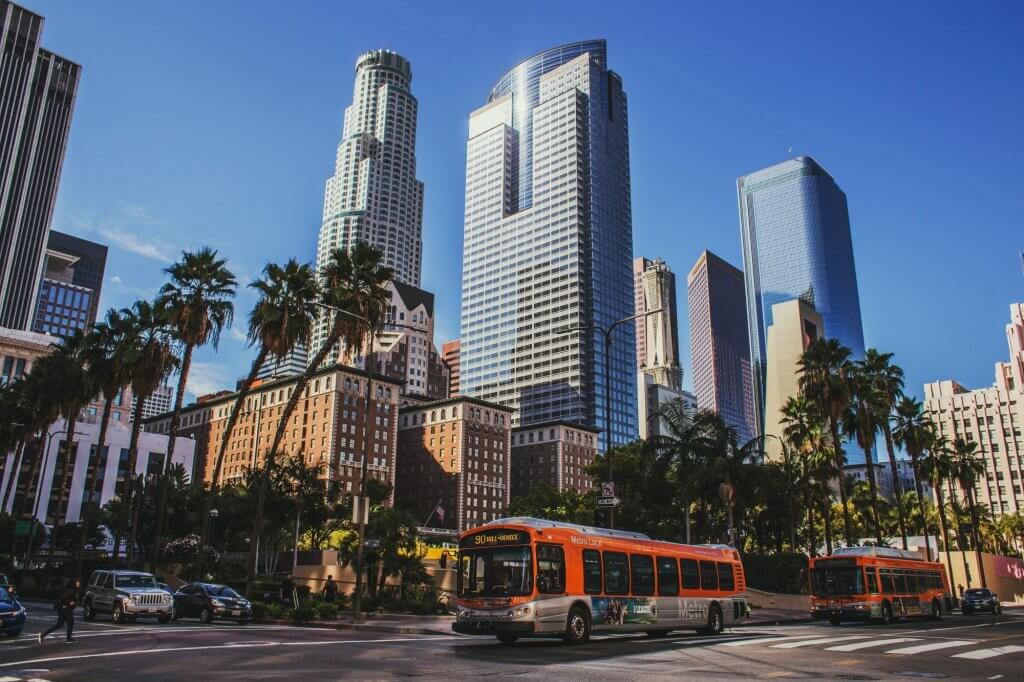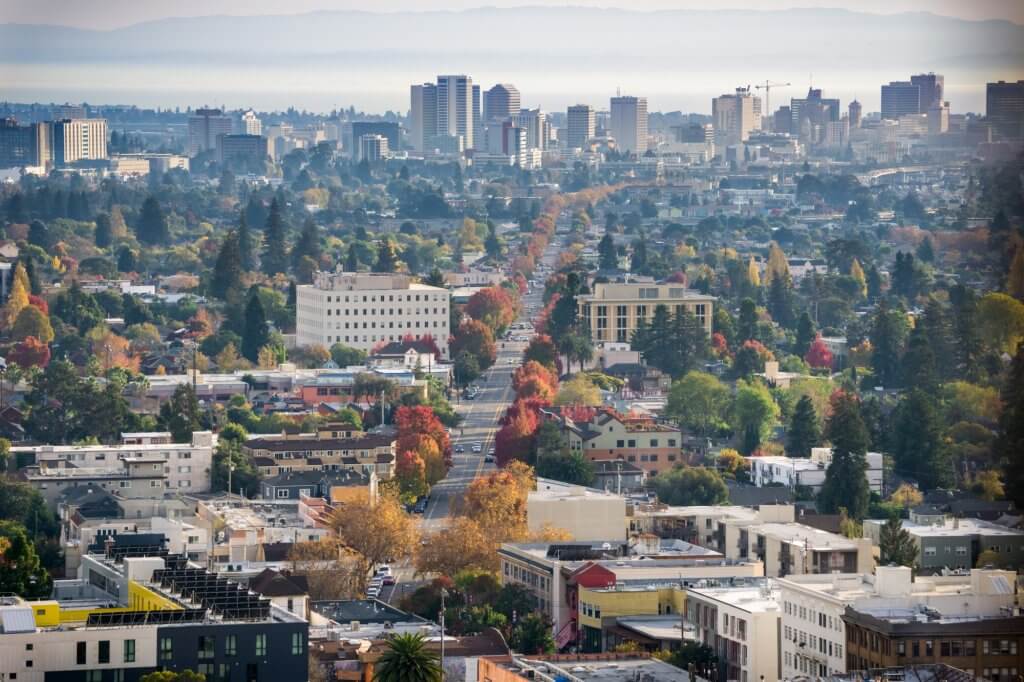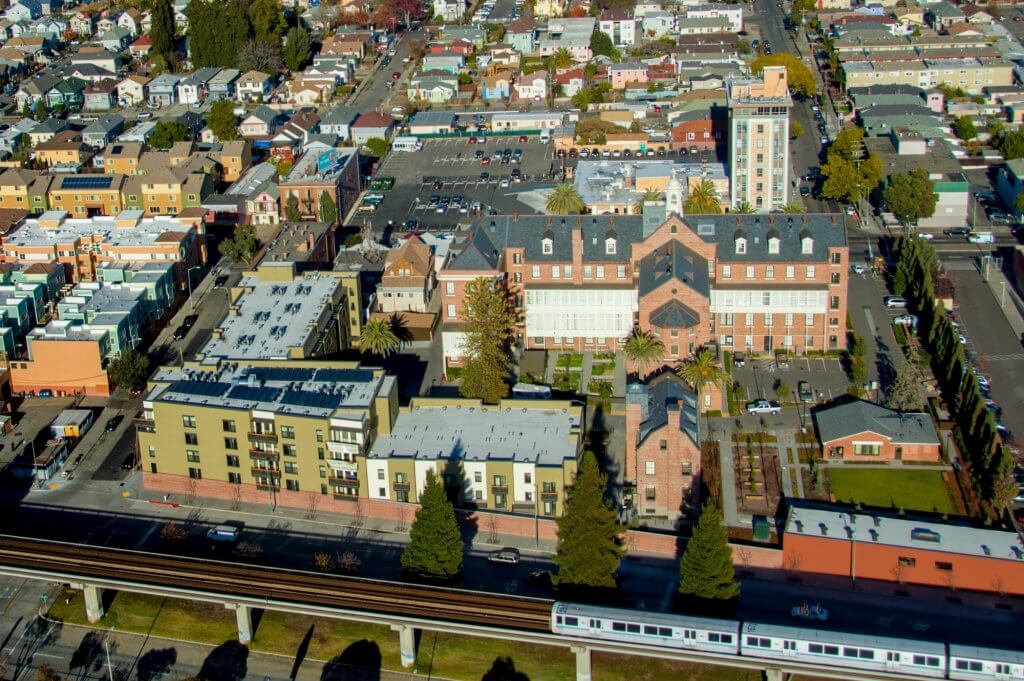Punitive to Rehabilitative: Strategies for Live-Work Preservation in Oakland
Published On May 1, 2018
Punitive to Rehabilitative: Strategies for Live-Work Preservation in Oakland
Community Development Studio, Spring 2018
Authors: Viktor Bensus, Irene Calimlin, Anna Cash, Scott Chilberg, Reshad Hai, Eli Kaplan, and Aline Tanielian
On December 2, 2016, thirty-six people died in a fire at the Ghost Ship warehouse space in Oakland, most of whom were there visiting for a show. This tragic loss of life brought to the forefront live-work spaces as an overlooked type of housing in Oakland. While retrospectively the conditions at the Ghost Ship warehouse were exceptionally unsafe, the tragedy raised life-safety questions about other nonconforming spaces, and especially do-it-yourself (DIY) warehouses. While not all spaces represent the same safety risk that Ghost Ship did, there are many steps that can be taken to make these spaces safer without displacing residents.






